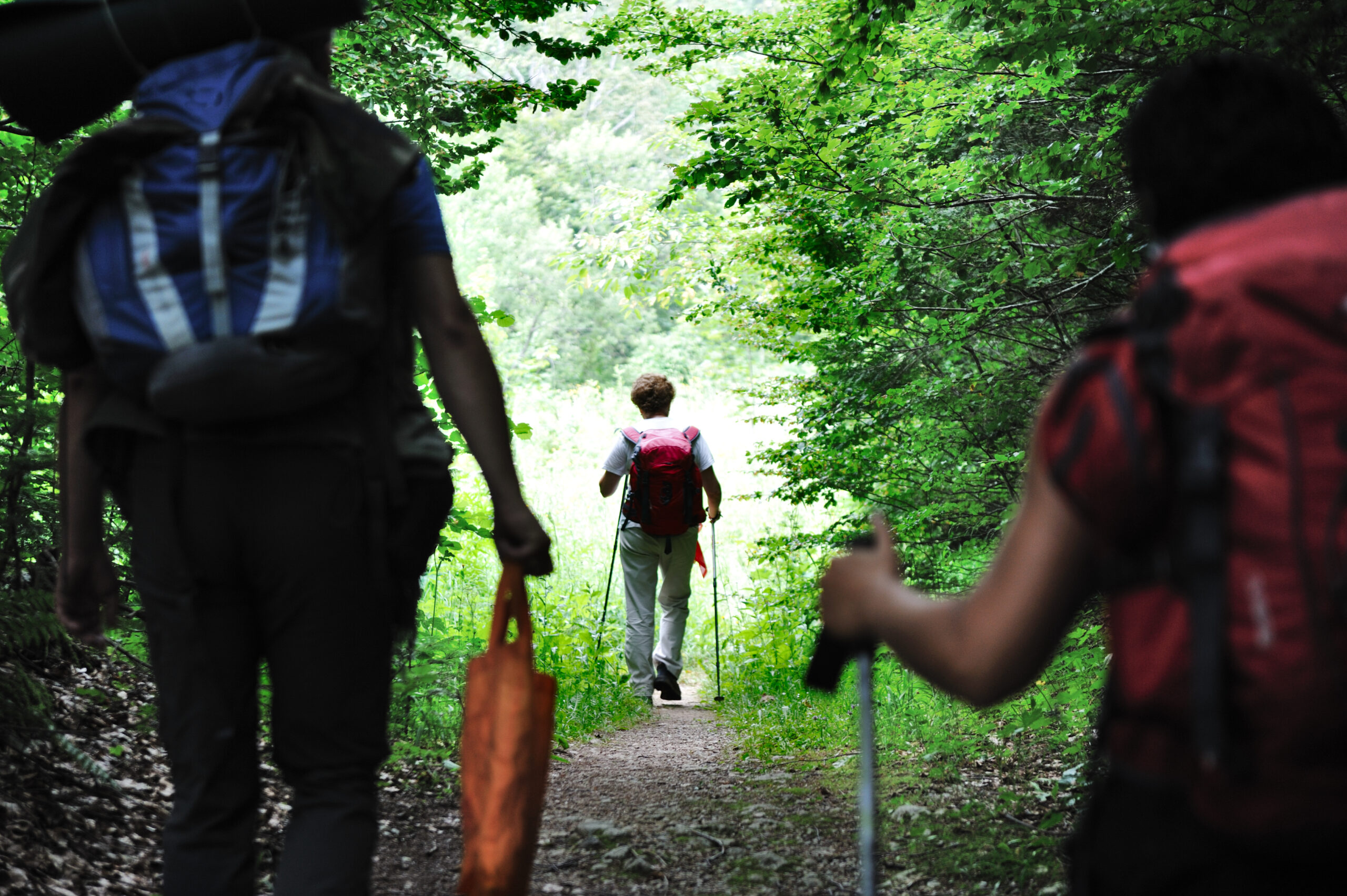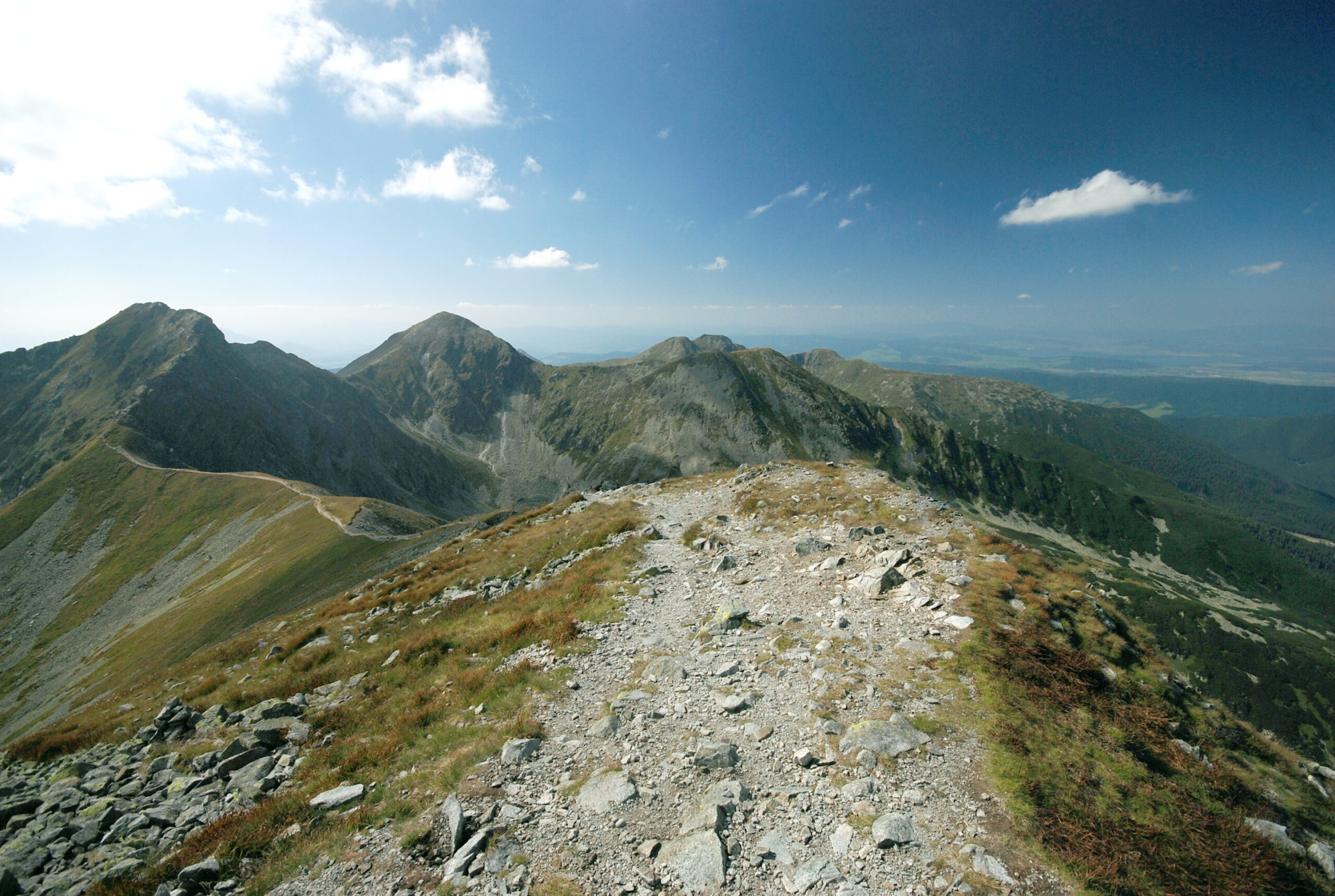Are you ready to embark on an adventure that will leave your mind and body feeling refreshed? Hiking is a great way to explore the outdoors, get some exercise, and clear your head. But before you lace up those hiking boots and hit the trail, there are a few things you need to know about gear, planning, and preparation. In this blog post, we’ll cover everything you need to know to get started with hiking.
Introduction to Hiking: What You Need to Know
Hiking can be a fun and rewarding activity for people of all ages and fitness levels. However, it’s important to remember that hiking can also be dangerous if not approached properly. Here are a few tips to help you stay safe and prepared on the trail:
Choose the right trail for your skill level. If you’re new to hiking, start with easy trails and work your way up in difficulty.
Dress appropriately for the weather and terrain. Wear comfortable clothing that allows for movement and protects against sunburns or insect bites. Sturdy shoes or boots with good tread are essential for navigating uneven terrain.
Bring plenty of water and snacks. Dehydration and hunger can quickly turn a pleasant hike into a miserable experience.
The Best Hikes for Beginners
If you’re just starting out with hiking, it’s best to choose trails that are relatively flat and easy to navigate. Here are a few popular hikes that are perfect for beginners:
1. The Appalachian Trail – This iconic trail spans over 2,000 miles from Georgia to Maine, but there are many shorter sections that are ideal for beginner hikers.
2. Yosemite National Park – With its stunning vistas and well-maintained trails, Yosemite is a great choice for novice hikers. Try the Mirror Lake Loop or the Mist Trail for breathtaking views of Half Dome and Vernal Falls.
3. Zion National Park – Located in Utah, Zion offers a variety of easy to moderate hikes through stunning red rock formations. Check out the Emerald Pools Trail or the Canyon Overlook Trail for incredible scenery.
Essential Gear for Your Hike
In addition to proper footwear, here are some other essentials you’ll want to bring along on your hike:
Water bottle or hydration system
Snacks or lunch
Sunscreen and insect repellent
Map and compass (or GPS device)
Whistle
First aid kit
Planning and Preparation Tips
Before setting out on any hike, it’s crucial to plan ahead and prepare adequately. Here are a few steps you should take:
Research the trail and conditions beforehand. Make sure you understand the length, elevation gain, and difficulty level of the trail, as well as any potential hazards like steep drops or loose rocks.

Tell someone where you’re going and when you expect to return. This way, if something goes wrong, someone will know where to look for you.
Pack appropriate gear and supplies, including extra clothes, food, and water.
Test your equipment before leaving. Make sure your backpack fits comfortably and that your shoes provide enough support and traction.
Leave No Trace Principles
As a responsible hiker, it’s important to minimize your impact on the environment. Here are a few Leave No Trace principles to follow:
Stay on designated trails to prevent erosion and damage to vegetation.
Pack out all trash, including food wrappers and cigarette butts.
Use established campsites instead of creating new ones.
Avoid disturbing wildlife by keeping noise levels down and avoiding sudden movements.
Conclusion
Getting started with hiking can seem daunting at first, but with the right approach and preparation, it can become one of your favorite activities. Whether you’re looking for solitude and reflection or a challenging physical workout, there’s a hiking trail waiting for you. So pack up your gear, grab a map, and hit the trail!





4 thoughts on “Getting Started with Hiking: Everything You Need to Know about Gear, Planning, and Preparation”
Comments are closed.